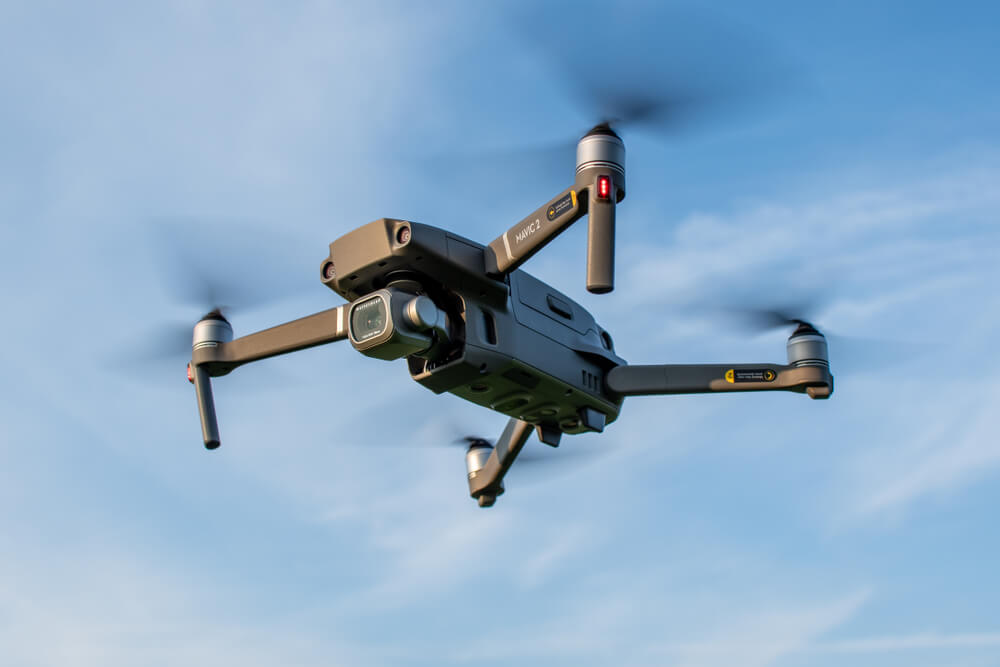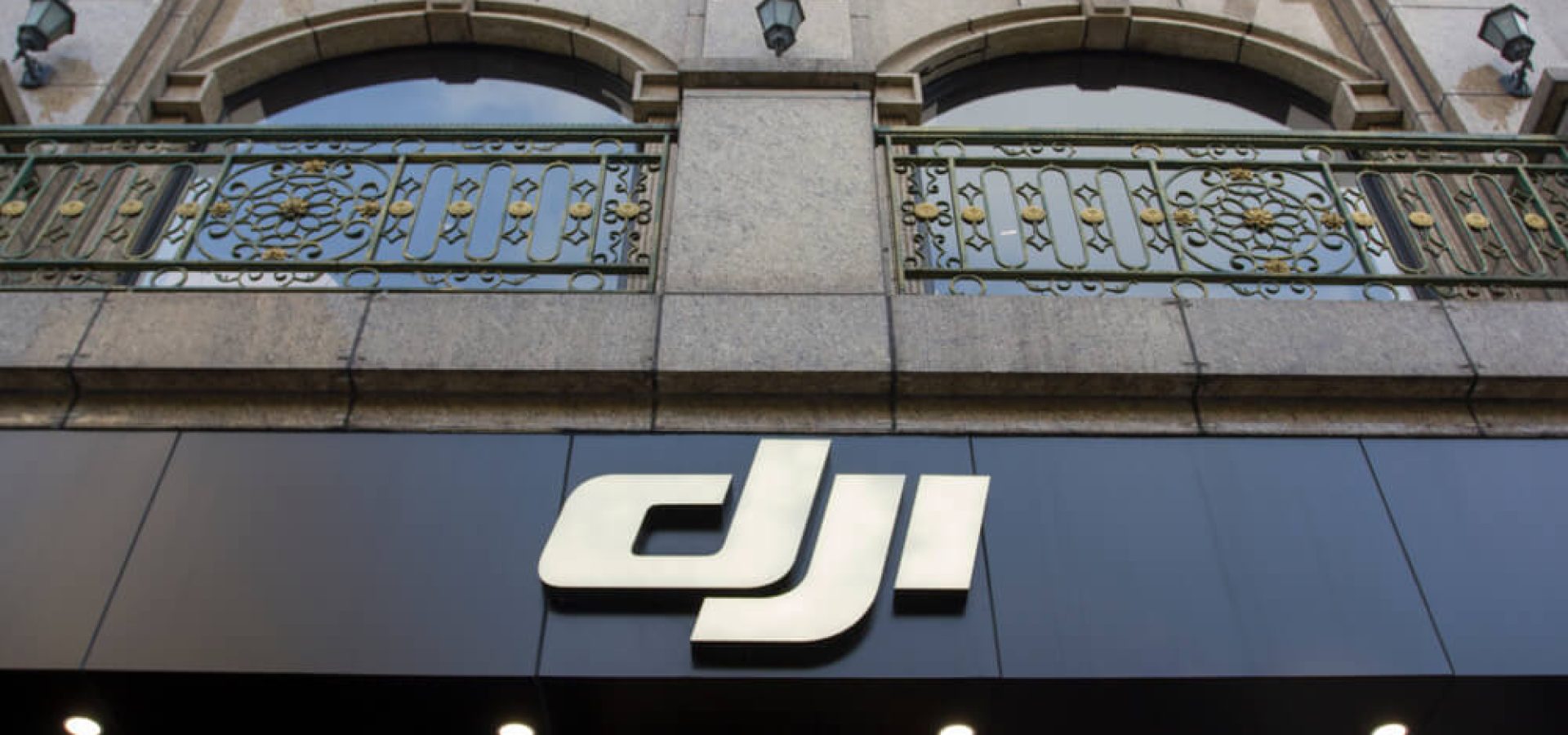Two and a half years ago DJI introduced the first Mavic Air. The compact drone came with a 12-megapixel camera and a handful of different flying and shooting modes. It also came with new obstacle avoidance technology.
However, short battery life is the Air’s biggest limiting factor. Now, it has upgraded its camera and with a much longer flying time.
DJI is announcing Mavic Air’s successor: the Mavic Air 2. It comes with a bigger image sensor and ditches Wi-Fi in favor of its own OccuSync transmission technology. It has up to 34 minutes of flight time and is packaged with a completely redesigned controller.
The Air 2 is available for preorder for $799. It will begin shipping on May 11th in the US. The Fly More bundle for the first time includes ND filters. Along with a carrying bag, prop guards, charging hub, and three batteries, it will be available for $988.
DJI considers this as its smartest and safest drone yet. Mavic Air 2 comes with pre-programmed scene detection modes for photos.
That includes snow, trees, grass, blue skies, sunsets, and sunrises. Also, DJI’s autonomous flying modes are all getting a performance update.
Mavic Air 2 has a new half-inch sensor inside called Quad Bayer sensor. It’s similar to the 48-megapixel sensor that’s been available in smartphones in the past.
By default, it captures a 12-megapixel image, but it’s possible to take snapshots using the full resolution. The sensor is located behind a fixed 28mm equivalent, f/2.8 lens.
For shooting videos, the Air 2 can shoot 4K footage at up to 60fps. Moreover, it has HDR capabilities for video up to 4K 30fps and HDR panorama photos.
It is also capable of exporting 8K time-lapse videos, however, not all modes will support 8K at launch.
Air 2 is DJI’s First AirSense-equipped Drone

AirSense is a technology that detects and warns the drone operator of nearby aircrafts.
It will be available in North America first, while other regions will start shipping units with AirSense this summer. This is due to supply chain issues caused by the coronavirus pandemic.
As far as other drone safety features go, the Air 2 has obstacle sensors on the front and rear to help avoid collisions. Bottom sensors next to auxiliary lights help with landing in low light.
DJI has informed that its autonomous flight modes have been upgraded. However, it does not offer the same kind of self-flying experience that’s possible with the Skydio drone in this model.
With respect to design, the new Mavic Air 2 is slightly bigger and heavier than the prior generation. But it looks like a smaller sibling to the Mavic 2 Pro and Mavic 2 Zoom.
All three drones presented to share a similar design language, grey housing, and now look more like part of a lineup.
The new, slightly bigger controller of this model doesn’t have visible antennas sticking out on top. That area is now used for a spring-loaded phone mount instead.
DJI Mavic Air 2 has launched on April 27 and devices will ship in early May.









COMMENTS